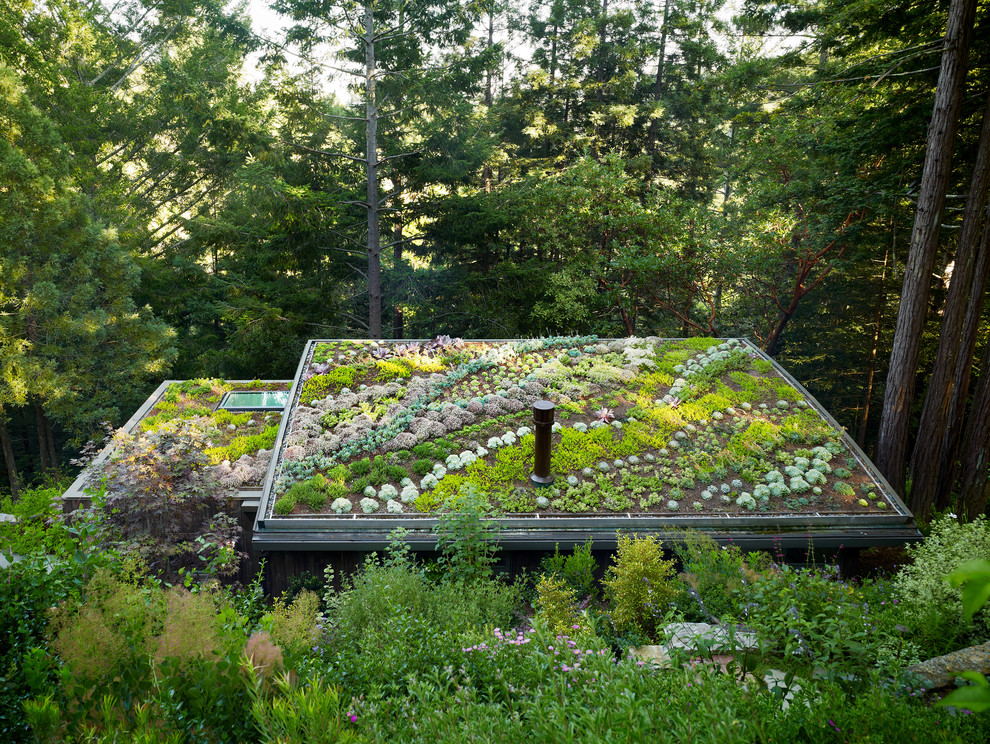
Mill Valley Cabins
Contemporary Garden, San Francisco
Photos by Joe Fletcher
General Contractor: JP Builders, Inc.
( http://www.houzz.com/pro/jpbuilders/jp-builders-inc)
Other Photos in Mill Valley Cabins
What Houzz users are commenting on
Lynsey Robinson added this to My ideas18 May 2024
Green roof planting

Are there any positive ways renovation work could add to the biodiversity in a garden?“Soon, there will be a legal...